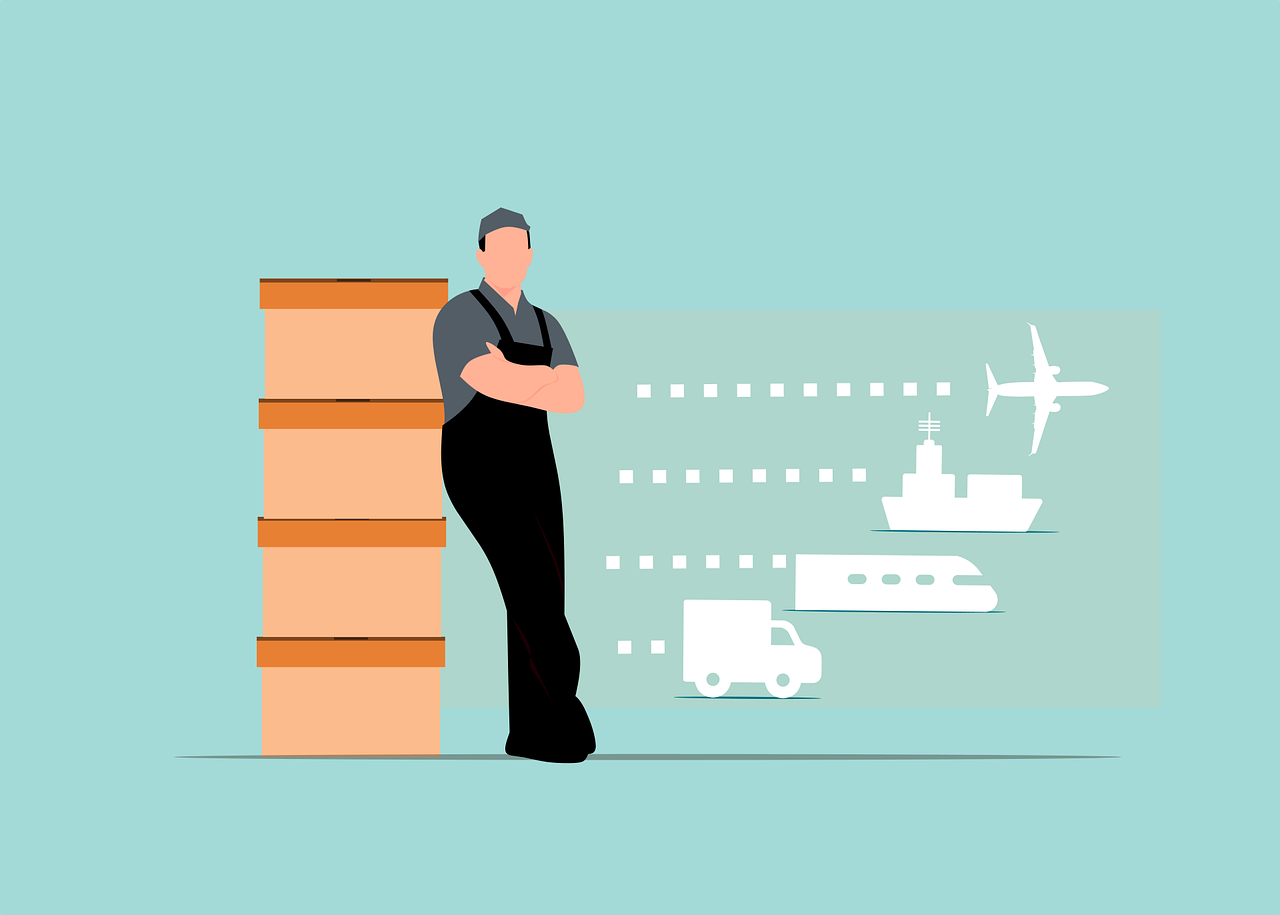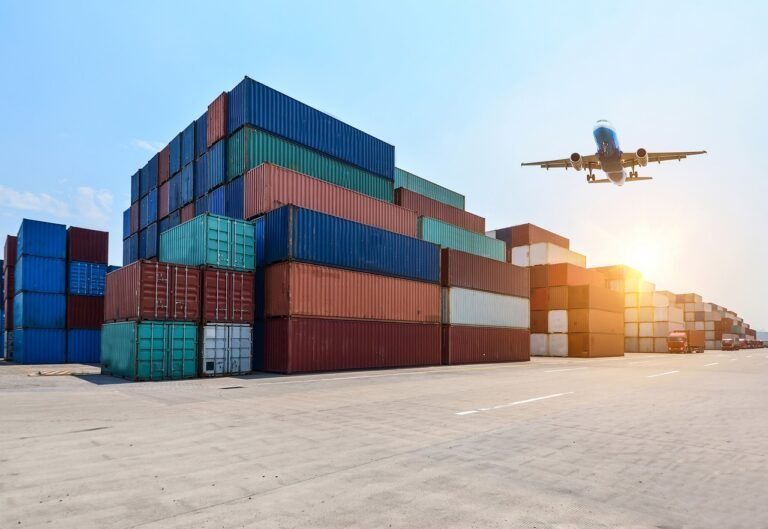
How Does International Shipping Work?
International shipping is a complex process involving multiple stages from preparing goods for transport to customs clearance and final delivery. It includes selecting a shipping method (air, sea, rail, or road), working with freight forwarders or couriers, preparing necessary documentation, and complying with international trade laws. Understanding how international shipping works helps businesses optimize delivery times, control costs, and reduce customs delays.
International shipping is the backbone of global trade, allowing goods to move across countries and continents efficiently. It involves a coordinated process that includes packaging, documentation, carrier selection, customs clearance, transit tracking, and final delivery. Whether you’re a small business shipping products overseas or a logistics manager for a large corporation, understanding the stages of international shipping is crucial to avoid costly delays and errors. This guide will walk you through every key aspect, from logistics planning to sustainable shipping practices, so you can ship smarter and scale faster.
Understanding the Basics of International Shipping
At its core, international shipping is the movement of goods between countries via air, sea, rail, or road. It typically begins with an order placed by a customer and ends with the delivery of goods to the recipient. Several players are involved in the process, including freight forwarders, customs brokers, logistics providers, and international couriers. Choosing the right partners and services can reduce your costs and improve delivery times. The international shipping process also varies depending on the method you choose air freight is faster, while ocean freight is more cost-effective for bulk goods.
Step-by-Step Breakdown of the International Shipping Process
International shipping involves several key stages, each of which plays a critical role in ensuring successful delivery. The first step is preparing your goods with the correct packaging and labeling. Next, you must obtain shipping documents such as the commercial invoice, packing list, bill of lading, and export declaration. Once documentation is in place, you book a carrier (airline, shipping line, or courier) based on destination and timeline. Then, goods are picked up, transported, and cleared by customs. Once approved, the package is forwarded to the delivery address either directly or via a local partner.
Choosing the Right International Shipping Method
There are four main methods of international shipping: air freight, ocean freight, rail freight, and road freight. Each has pros and cons depending on delivery time, cost, and cargo type. Air freight is ideal for urgent or high-value items but can be expensive. Ocean freight is cost-effective for large or heavy shipments. Rail freight is useful for cross-continental shipping, particularly between Asia and Europe. Road freight is common for nearby cross-border trade. Understanding how each method works and comparing transit times and costs will help you make the best decision for your business.
Required Documents for International Shipping
Documentation is a vital part of the international shipping process. Errors or missing paperwork can result in customs delays or even rejected shipments. Key documents include a commercial invoice (detailing the transaction), packing list (specifying shipment contents), and a bill of lading or airway bill (contract of carriage). You may also need a certificate of origin, import/export licenses, or other regulatory documents depending on the country. Always confirm specific requirements with your freight forwarder or customs broker before shipping.
Customs Clearance: What You Need to Know
Customs clearance is the process of declaring goods to border authorities for import or export. Each country has its own import rules, taxes, and prohibited items list. During clearance, customs agents inspect the shipment, verify documentation, assess duties and taxes, and determine whether the goods are allowed entry. Businesses often work with customs brokers to navigate these complexities. Using harmonized system (HS) codes correctly and ensuring all paperwork is in order can reduce the risk of delays or fines.
Comparing International Carriers and Freight Forwarders
Your choice of international shipping service provider can significantly affect cost, speed, and reliability. Major couriers like DHL, FedEx, UPS, and USPS offer fast international delivery with full tracking and customs support. On the other hand, freight forwarders are ideal for bulk shipments and offer better customization for LCL (Less-than-Container Load) or FCL (Full Container Load). Evaluate services based on factors like delivery speed, shipping cost, tracking features, insurance, and destination availability. Get quotes and compare side-by-side before choosing.
Tracking and Managing International Shipments
Modern international shipping involves real-time shipment tracking to monitor packages throughout transit. Most carriers and logistics platforms provide tracking portals and notifications to update customers on delivery status. You can integrate tracking solutions into your eCommerce platform or ERP system for seamless logistics management. Proper tracking reduces lost items, improves customer satisfaction, and ensures proactive handling of shipping exceptions.
How to Save Money on International Shipping
To reduce international shipping costs, optimize your packaging, choose slower but cheaper carriers, and consolidate shipments. Negotiate better rates with frequent shipping or consider using third-party freight consolidators. Use online platforms to compare international shipping rates and choose carriers based on your needs. For eCommerce businesses, services like Shopify international shipping, DHL Express, or UPS international rates can be integrated to offer discounted rates at checkout.
Sustainable and Eco-Friendly International Shipping
With growing awareness of climate change, many businesses are turning to sustainable international shipping. Options like carbon-neutral shipping, greener packaging materials, and consolidated freight help reduce your carbon footprint. Some carriers, such as Maersk and DHL, now offer green shipping options that offset emissions. You can also work with logistics providers committed to sustainability and environmental transparency. Choosing the eco-friendly route doesn’t just help the planet it improves brand image and attracts eco-conscious customers.
FAQs About International Shipping
International shipping is the process of transporting goods between countries using air, sea, rail, or road transport.
Start by choosing a carrier, preparing documentation, and ensuring compliance with destination country customs regulations.
Sea freight is generally cheaper for large or heavy shipments, while air freight is faster but more expensive.
Common documents include a commercial invoice, packing list, bill of lading, and customs declarations.
Shipping time varies: air freight takes 1–5 days, while ocean freight can take 20–45 days depending on destination.
If you’re shipping large volumes or want assistance with logistics and documentation, hiring a freight forwarder is helpful.
Most couriers and freight companies offer online tracking with real-time updates on package location and status.
These are taxes imposed on imported goods, calculated based on the value, type, and origin of the product.
Compare carrier rates, optimize packaging, consolidate shipments, and use freight forwarders for better pricing.
Yes, many couriers offer affordable small business international shipping solutions with integrated tools.
Conclusion
International shipping can seem complex, but understanding its core principles makes it much more manageable. From selecting the right shipping method to preparing customs documentation and working with reliable partners, each step is essential to smooth global logistics. As businesses increasingly go global, knowing how international shipping works ensures efficiency, compliance, and customer satisfaction. By following best practices and staying informed on global shipping trends, you can reduce risks, save money, and scale your international reach with confidence.





